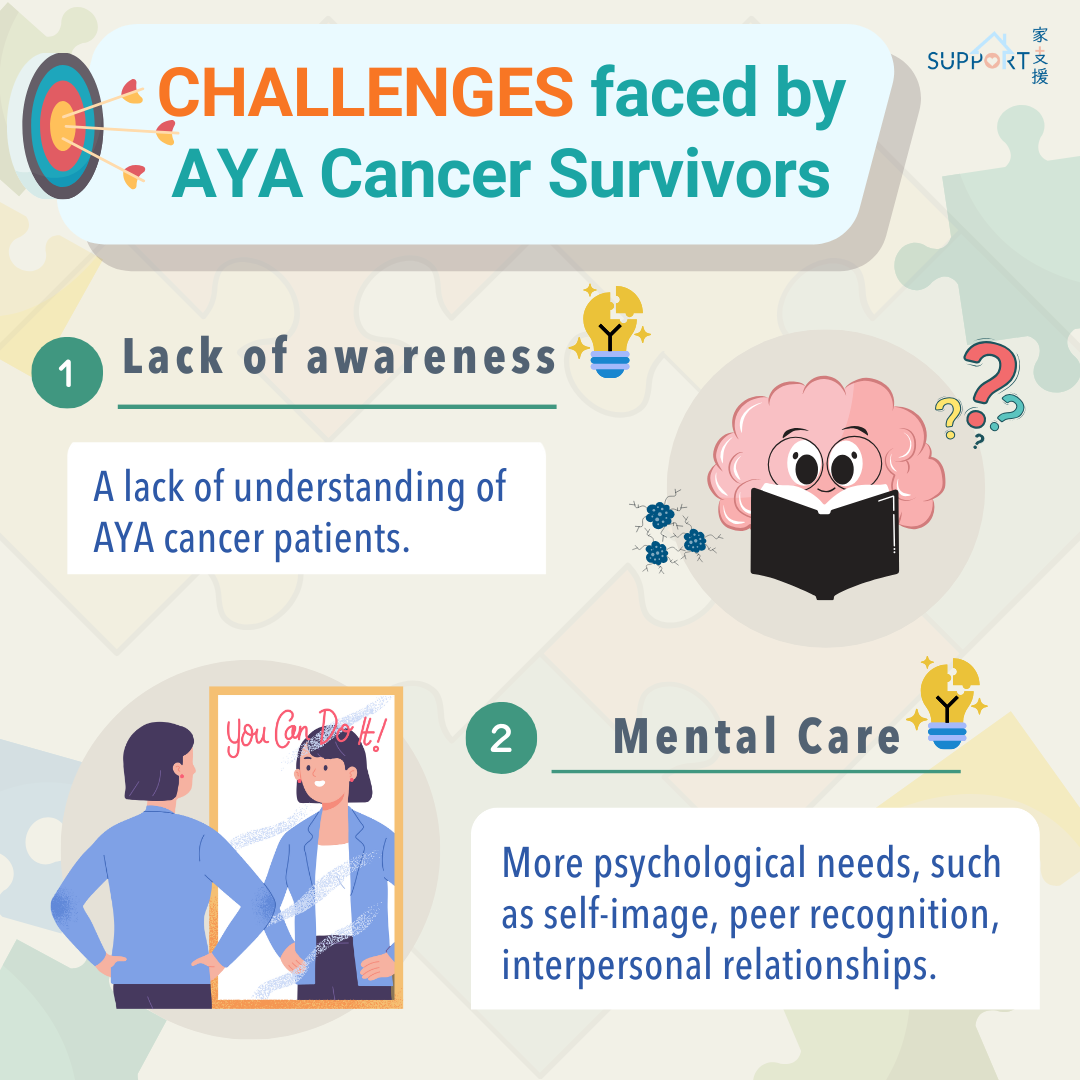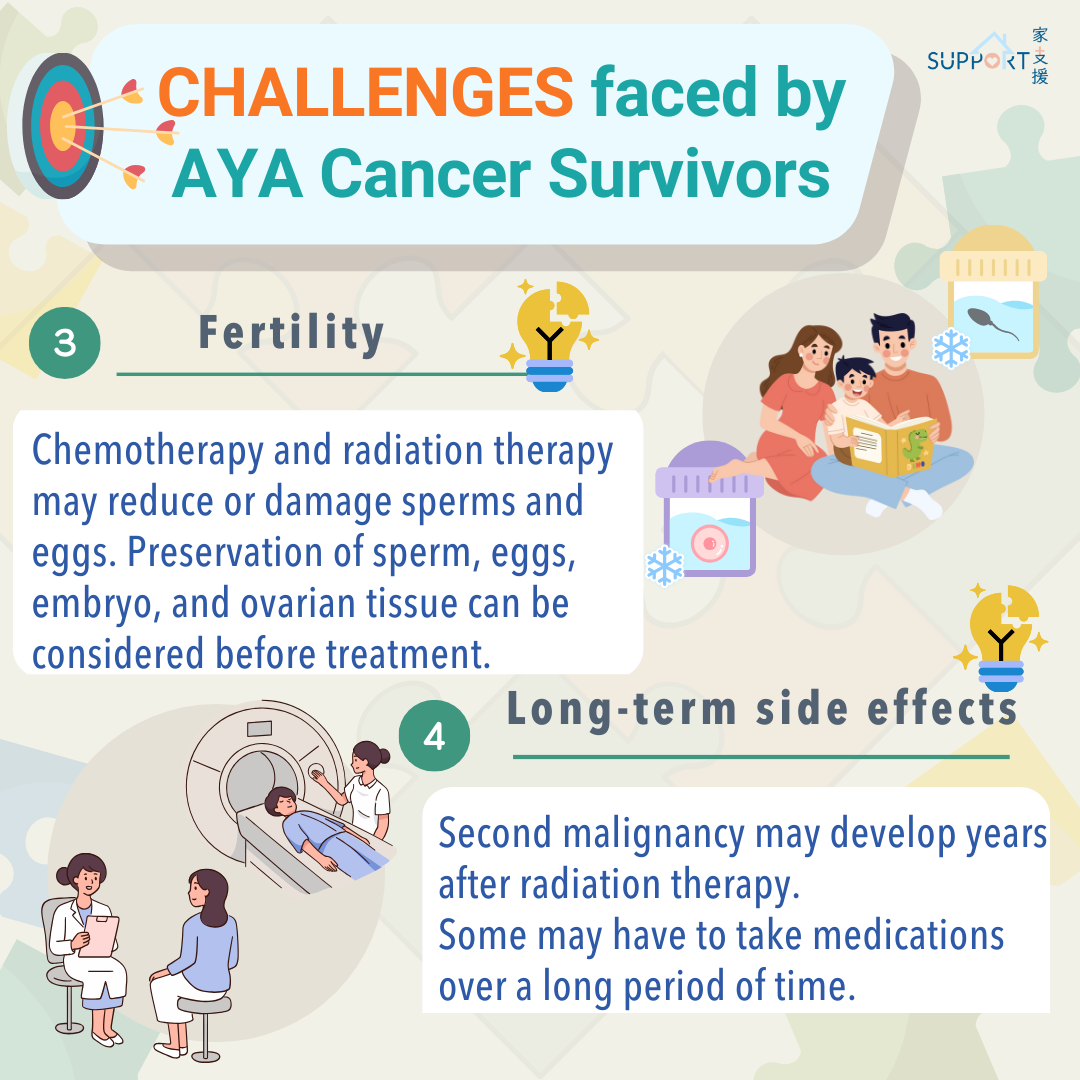Individuals aged between 15 and 39 who are unfortunately diagnosed to have cancer are classified as "adolescent and young adult (AYA) cancer patients." In most of the international and European guidelines. According to the the statistics from the Surveillance, Epidemiology, and End Results (SEER) database in 2019, there were approximately 1.2 million new cases of cancer among AYAs worldwide, accounting for 5% of all new cases. Over the past four decades, the incidence rate of cancer among AYAs has increased by 30%.
According to a report from the Hong Kong Cancer Registry, there were 1,468 new cases of AYA cancer in 2022, among which breast cancer and thyroid cancer recorded the highest incidence rates.




